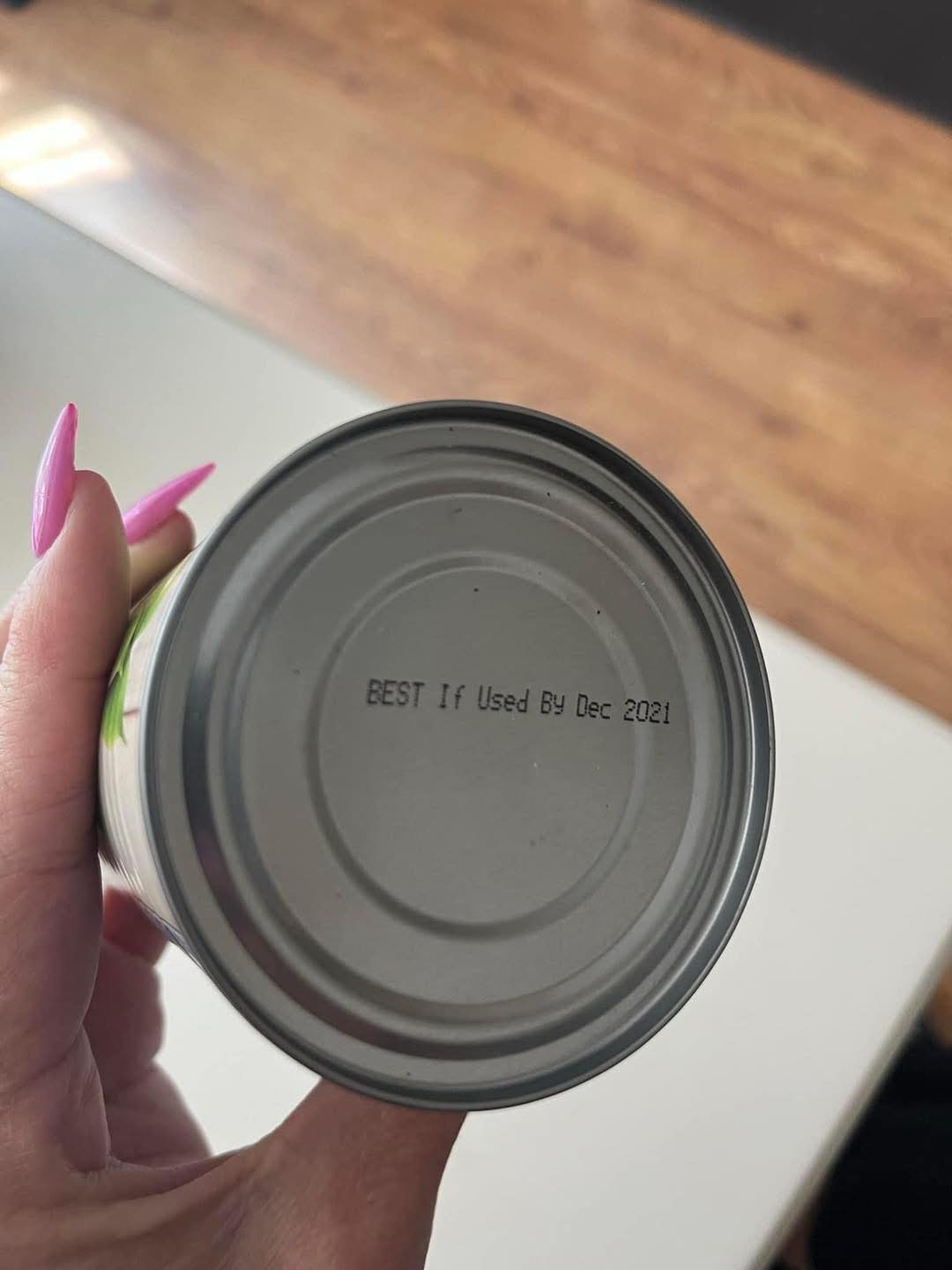We’ve all stood in front of the fridge or pantry, holding a carton of milk or a package of chicken, debating whether that small printed date means the food is still safe to eat. For years, most of us have taken those “expiration” dates as strict deadlines, assuming that once the date passes, the food becomes unsafe.

But the truth is, those labels are often misunderstood and aren’t as final as we think. In fact, the United States Department of Agriculture (USDA) explains that expiration dates are mostly about food quality rather than safety. That date on the packaging usually suggests when the product will taste or look its best—not necessarily when it becomes inedible. So, before tossing that yogurt just because it’s a day or two past its “Best if Used By” date, take a moment to look deeper and use your senses to decide. There are several types of date labels, and understanding what each one means can help cut down unnecessary food waste. “Best if Used By” tells you when the food will be at peak flavor and quality, but the product may still be perfectly fine after that.
“Use By” is the last date recommended for the best quality, not an expiration of safety. “Sell By” is mainly for stores, instructing them on how long to keep the product on shelves. Despite their different meanings, all these labels can cause confusion and lead to good food being thrown away. In fact, about 30% of all food produced in the U.S. ends up in the trash each year. That’s billions of pounds of food wasted, much of which was still safe to eat. Not only does this impact family grocery budgets, but it also adds to our growing environmental challenges. Knowing how long foods can actually last is key. For example, eggs are often safe to eat three to five weeks after purchase. A quick test? Place the egg in a bowl of water—if it sinks, it’s still fresh; if it floats, it’s time to throw it out.
Chicken and other meats can remain safe in the fridge for a couple of days past the “Sell By” date, but for longer storage, freezing them is a reliable way to preserve quality. Milk might surprise you—it often stays fresh up to a week past its “Best if Used By” date, as long as it smells fine and hasn’t curdled. As for pantry items, dry goods like rice and pasta are incredibly long-lasting. When kept in a cool, dry space, rice can last four to five years or more. Canned foods are also very durable; as long as the can isn’t rusted, swollen, or dented, its contents are likely still safe to eat. Frozen foods stored at 0°F or lower can technically last forever in terms of safety, though their taste and texture may decline over time. While it’s good to be cautious, it’s equally important to trust your senses.
If food smells foul, has visible mold, or a strange texture, it’s best to err on the side of caution and throw it out. These are far better indicators of spoilage than a date stamped on the package. Your eyes, nose, and taste buds can usually give you a pretty accurate picture of whether something is still good. Proper food storage plays a huge role in reducing waste. Make sure your fridge stays at or below 40°F (4°C) and your freezer remains at 0°F (-18°C). Store your food in airtight containers to keep out moisture and bacteria that can accelerate spoilage. Rethinking how we use expiration dates can have a meaningful impact. They should be treated as guidelines, not hard rules. By learning the true purpose behind “Best if Used By” or “Sell By” labels and using your senses to judge freshness, you can extend the life of your food and help cut down on the massive problem of food waste. So next time you reach for that bottle of salad dressing or jar of pasta sauce that’s a couple of days past its printed date, take a second look before throwing it away. It might still be perfectly fine—and by keeping it, you’re not only saving money but also making a small, important step toward reducing your environmental footprint.





